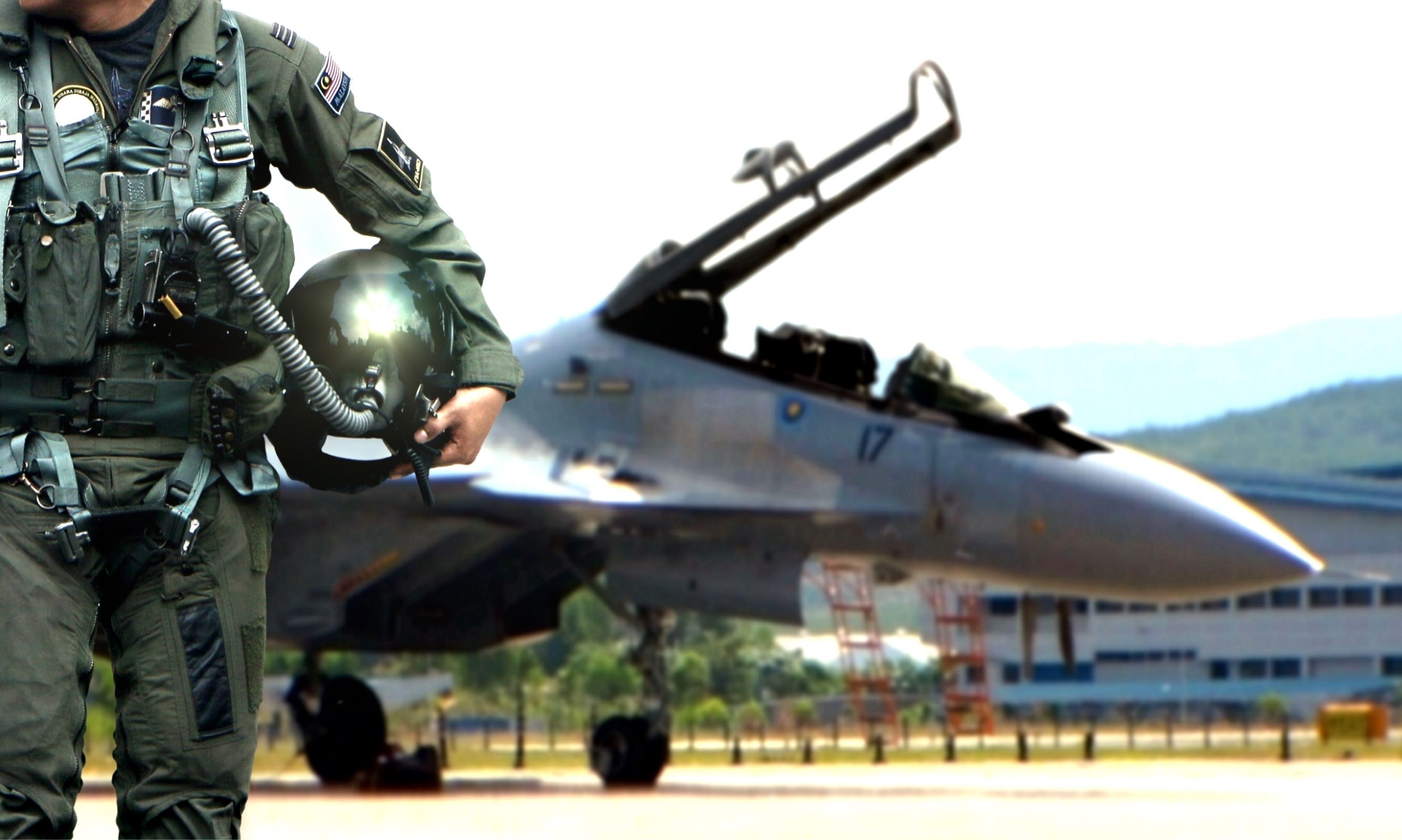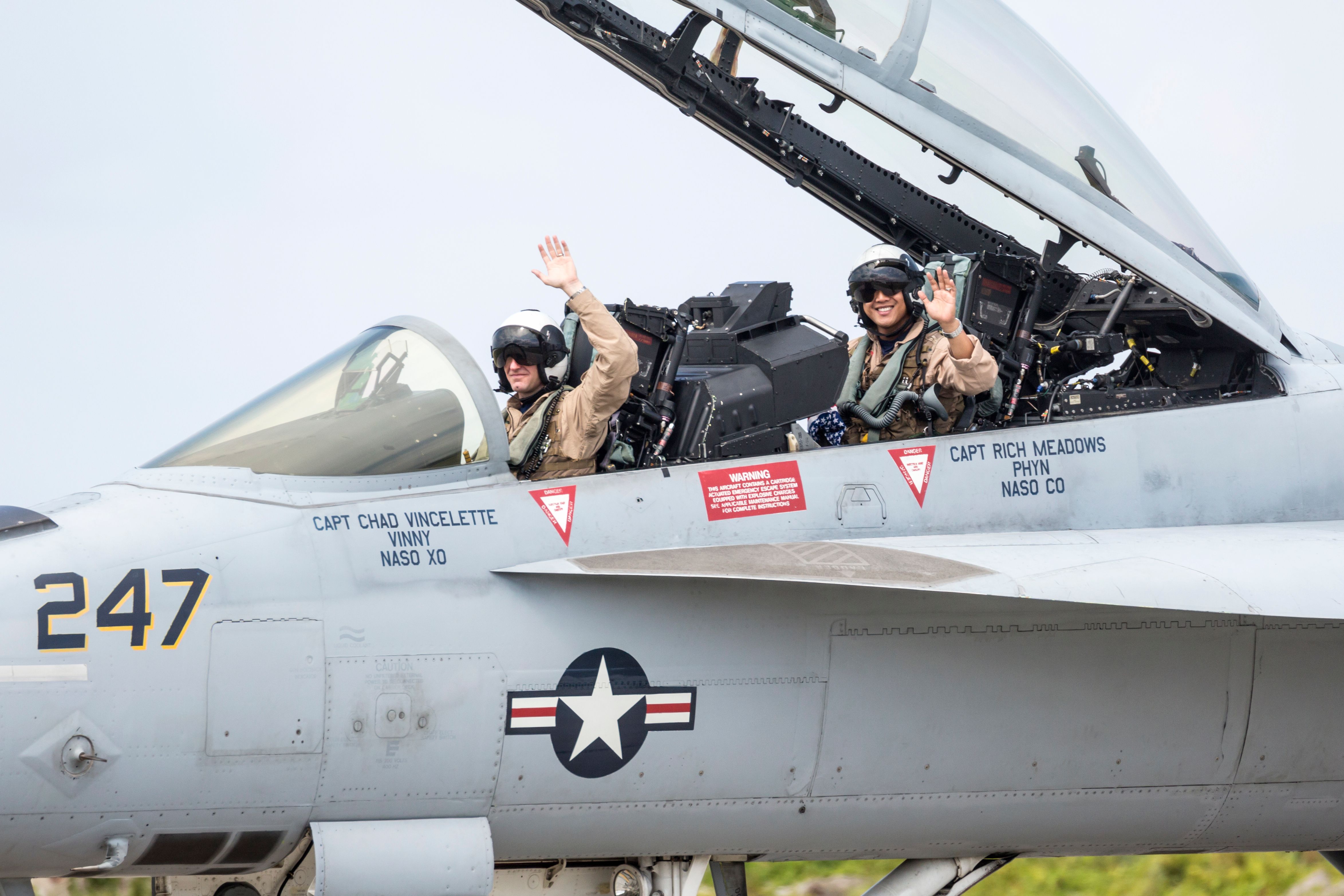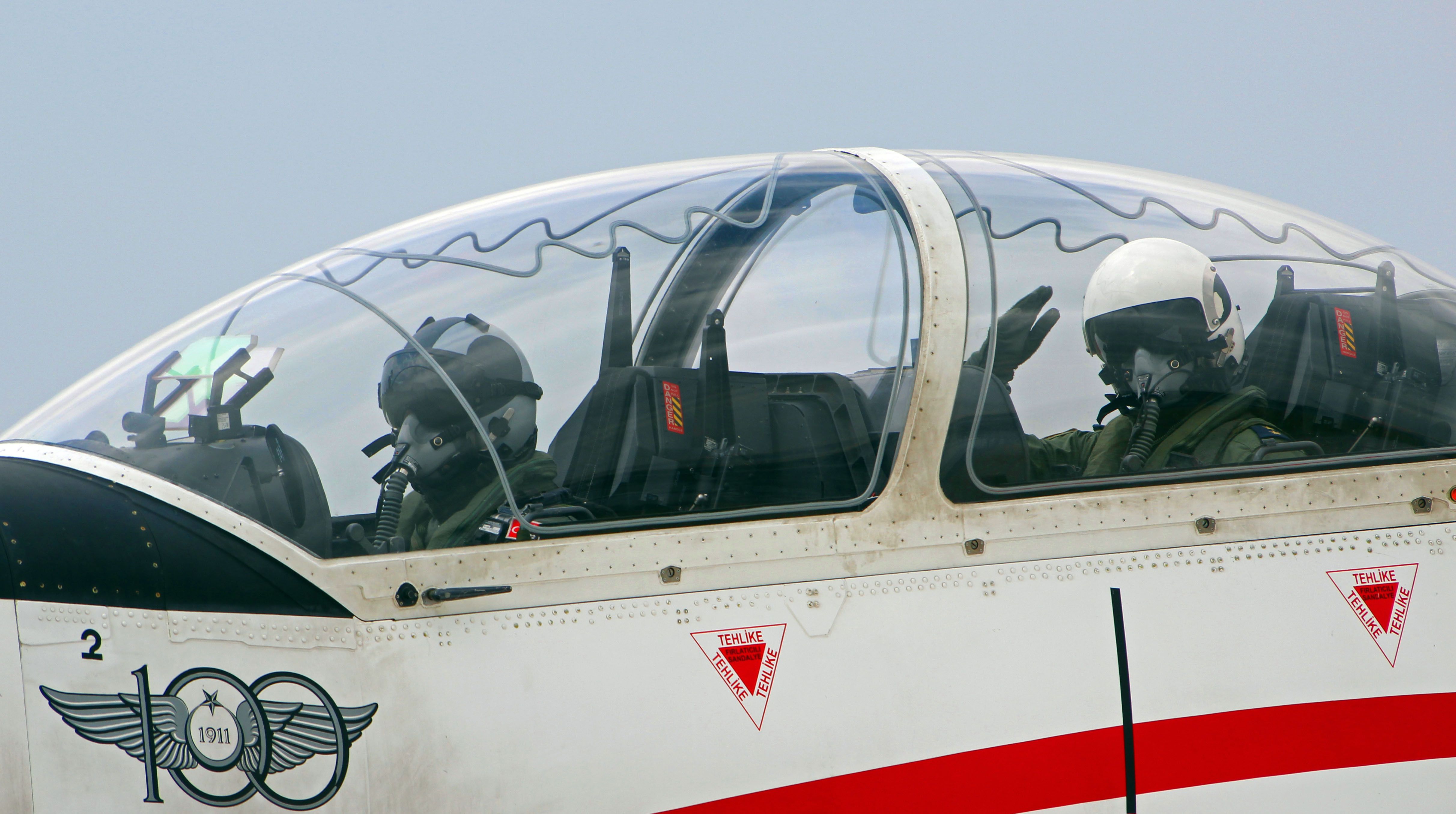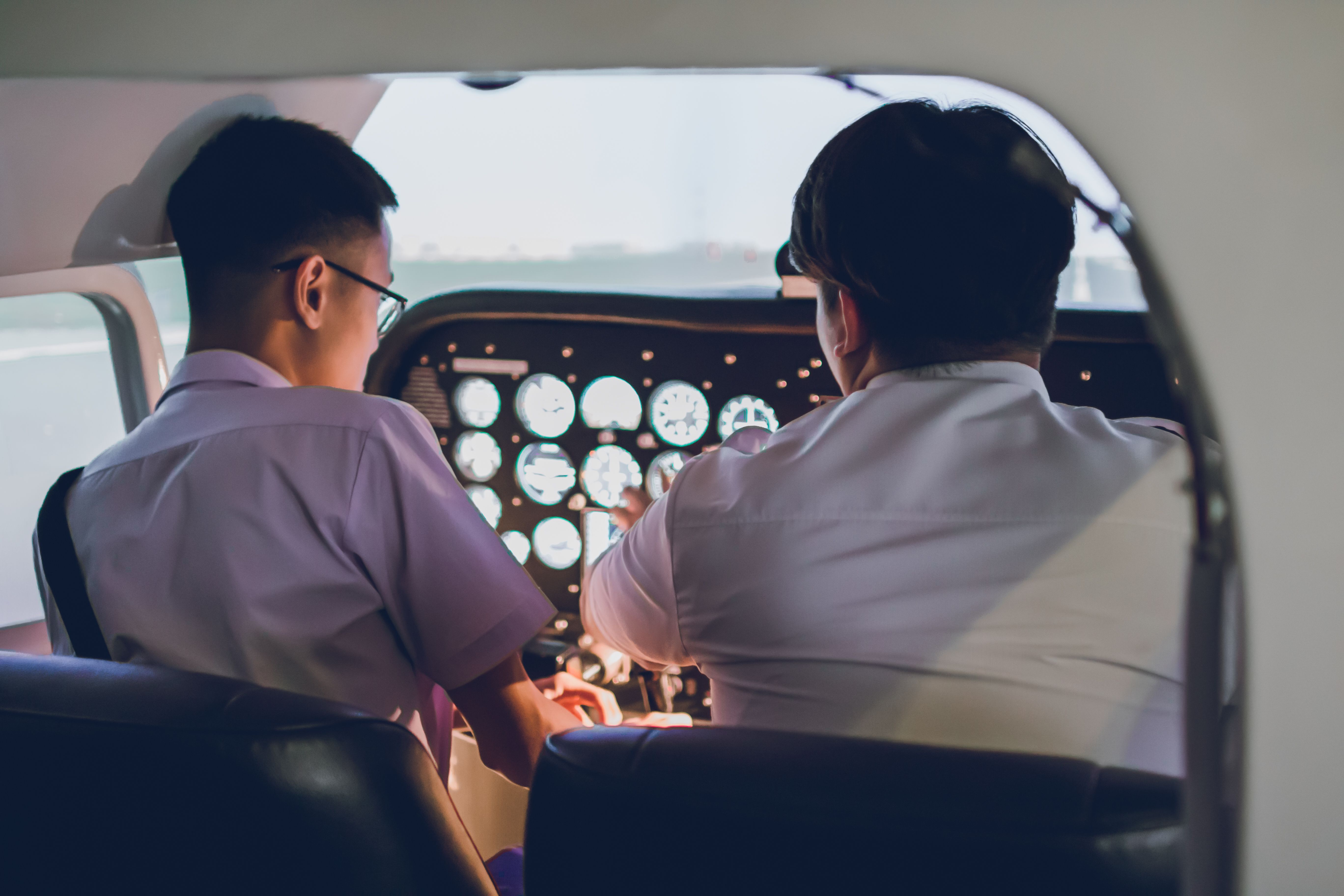Passengers frequently refer to "aircraft carrier landings" after pilots make a firm touchdown. It's a humorous and lighthearted statement, but it points to a tacit understanding that most passengers have about airline pilots. Namely, that most pilots started their flying careers in the military. Despite this, the often-discussed pilot shortage is commonly associated with the reduced number of military pilots available to join the airlines. Let's examine the current pilot pool and discuss the future demographics of pilots with military backgrounds.
By the numbers
Former military pilots have historically been the largest percentage of airline pilot backgrounds. In the 1980s, roughly two-thirds of all airline pilots in the United States had some form of military experience, be it Air Force, Army, Navy, or National Guard. Today, it is estimated that about one-third of airline pilots have military backgrounds, a sharp reduction that can be attributed to multiple factors.
Factors affecting reduction
Flight training is expensive, and the government covers the cost of a military pilot's learning. After achieving initial ratings, military pilots train on multi-million dollar aircraft that usually use jet fuel. This is comparatively more expensive than civilian flight training, which generally utilizes piston-driven aircraft that burn low-led fossil fuels in significantly reduced amounts.
The rising fuel cost has increased the value of the military's investment in flight training, and this is one reason why the required service time has risen from six years to over ten years. This means that a pilot who enters the military at age 21 would not be eligible for an airline job until they are at least 31. The military is also experiencing a shortage of pilots, which further exacerbates the pilot supply issue.
The number of pilots that airlines can hire has reduced, and a higher percentage of military flyers choose to make long-term careers in the military because of the requisite time investment. Superficially, it appears easier for military pilots to meet the requirements to obtain the ATP license needed to be an airline pilot. They need 750 hours compared to the 1,000-1,500 hours required for civilians. However, it takes around three years to accumulate 1,500 hours, and this easily beats the 10-year military commitment. For aspiring pilots, the civilian route is the fastest option, though more it is more financially challenging.
Global trends
Less information about airline pilots in Europe, Africa, Asia, and Australasia is available, but the US is a microcosm of the global aviation market. The world, proportionally, has fewer military pilots now than it did a generation ago. It therefore seems a valid hypothesis to assume that the percentage representation of military pilots flying commercially has reduced during this time.
Additionally, European and Asian airlines have relied on recruits from ab-initio pilot training academies for years. Only recently have US airlines invested in sponsored academies for pilot training, and this method of training is becoming increasingly common. The global pilot supply chain is pulling more significant numbers of new aviators from civilian ranks, which seems likely to continue.
Want answers to more key questions in aviation? Check out the rest of our guides here.
The bottom line
For the flying public, this changing demographic should be unremarkable. Pilot training and licensing processes are as thorough as they have ever been. Regardless of a pilot's background, they must pass multiple checkrides and a type-rating course (all with unflexible standards) to fly an airliner. "Carrier landings" will become a rarer excuse for firm landings as the percentage of military airline pilots likely continues to decline.
Source: Federal Aviation Administration




